What Are Sales Funnel Stages in E-commerce?
Glory-Anna Oshafi
If you ask any business owner, they’ll probably tell you their number one goal is making money from their business. While this is not bad, narrowing your focus to fulfill this goal can eliminate many other opportunities.
Say, for example, you run a promotion that attracts 100 new visitors to your website. From this 100, you make 10 sales. If you focus only on the 10 sales that bring you immediate profit and ignore the rest, you’ve lost out on 90 potential future sales.
Why?
Each of those 100 visitors was at different stages of your sales funnel, and only by nurturing them at the specific stage they’re in, can you get them to make purchases eventually.
In this article, we’re examining the different sales funnel stages in e-commerce and how you can nurture every lead to the final stage, boosting your overall growth.

Understanding the Sales Funnel Stages in E-commerce
Understanding the stages of a sales funnel is vital to ensure your company is attracting and nurturing the right leads, taking them successfully to the end of the buyer’s journey. The result? An increase in sales in the long run and an assured supply of regular customers.
Before getting into the different sales funnel stages, let’s look at what it really is.
What Is a Sales Funnel?

A sales funnel in e-commerce is a visual description detailing the customer’s journey about your online business. The customer typically starts at the top of the funnel and then works their way through the various stages until they make a purchase decision.
A successful journey through the e-commerce sales funnel is when a customer decides to purchase on your site and become a full-time, regular customer. The journey through the sales funnel is unique to each customer.
Think about that time you wanted a new work-from-home desk. You already knew the furniture brand you wanted, so you went on the website, shopped around for a desk, and immediately paid for your choice. Quick and easy.
Now, think about the high-end wristwatch still sitting in your cart on the website after two months. You’re still doing a mental back and forth on whether or not you want to pay for such an expensive yet exquisite timepiece. But you’ve made no purchase yet.
For most low-cost items, the sales funnel will be typically quick and short because the funds for such purchases are usually readily available. But for expensive tech, gadgets, jewelry, etc., it takes a lengthier sales funnel to get the customer to make the final purchase or even become repeat customers.
Importance of a Sales Funnel in E-commerce
You may wonder if a sales funnel is vital for your e-commerce brand.
Sure, it is!
Understanding where each customer is at every stage in the funnel is instrumental to your marketing strategy. It helps you create a personalized marketing strategy that is directed at the customer in the specific stage of their journey through the sales funnel.
It also tells you what markets you need to increase your brand awareness strategy. For instance, if you notice a sudden influx of younger age demographics purchasing from your site, it may indicate that you have a new target audience in that age range.
Your sales funnel will help you drive the right kind of traffic to your site and, ultimately, build your customer base.
Stages of a Sales Funnel and Examples
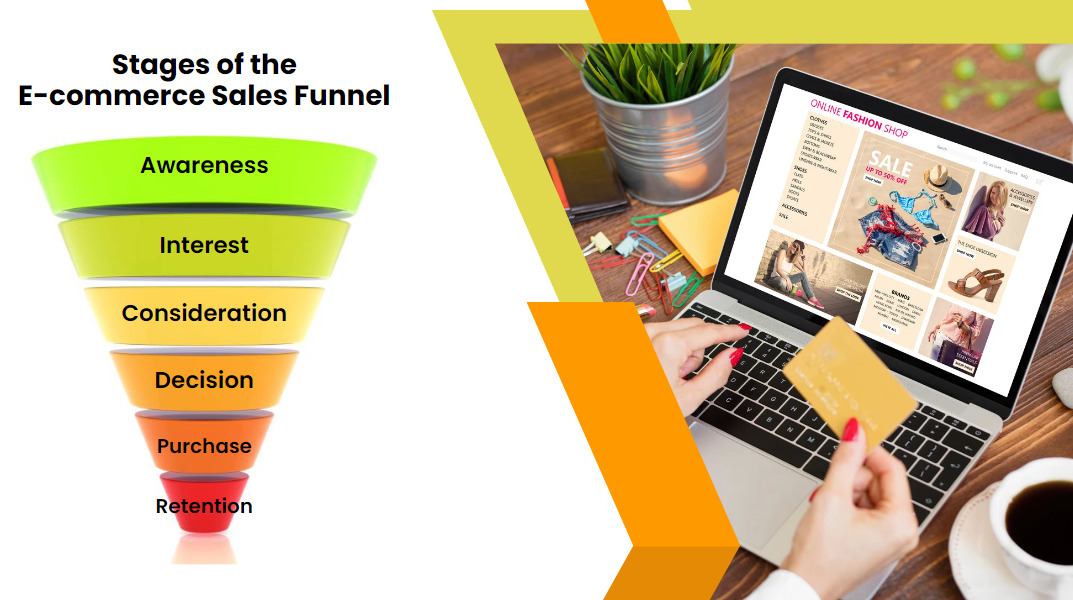
There are six main stages of a sales funnel in e-commerce. Let’s take a closer look at each:
Awareness Stage
This is the first stage in the sales funnel, and it represents that stage where a potential customer is first becoming aware of your brand and how you can solve their need. This can be awareness through social media posts or finding your website online through targeted content directed at them.
At this stage, they want to find out more about your products and services. Your goals at this stage are to generate lots of leads, educate them about your brand, and grow their trust based on the value you have to offer.
At the awareness stage, you mostly leverage content marketing, social media, and SEO tactics to put yourself in front of the right audience and leave a great first impression.
Interest Stage
Here, your leads are now aware of your brand and have taken an interest in your products or services. They may not be ready to hand you their money, but they’re interested in your business.
This is the stage where you want to boost their interest in your offerings by building a closer relationship with your brand.
For instance, if they visit your website for research purposes without making a purchase, you can suggest that they should opt-in for newsletters that provide them with frequent deals, discounts, and more so that they still remain in the loop of things.


Make every copy you create at this stage compelling so that you can drive your lead to take your desired action and move them to the next stage.
Evaluation/Consideration Stage
This stage is closely related to the interest stage because once your potential customers take an interest in your brand, they begin to consider how useful your product or service will be for them. They begin to evaluate your offering in line with the solutions it can provide for them.
Your marketing tactics should not be forceful at this stage, but they should be suggestive, clearly detailing how you understand their problem and how your service or products are the solutions they need. For example, your product description can contain vital information about your product and how it’s what they’re looking for.
See how Rocky Mountain Soap provides clear details about the product in their product description below. It answers major questions the buyer may have in the consideration stage.
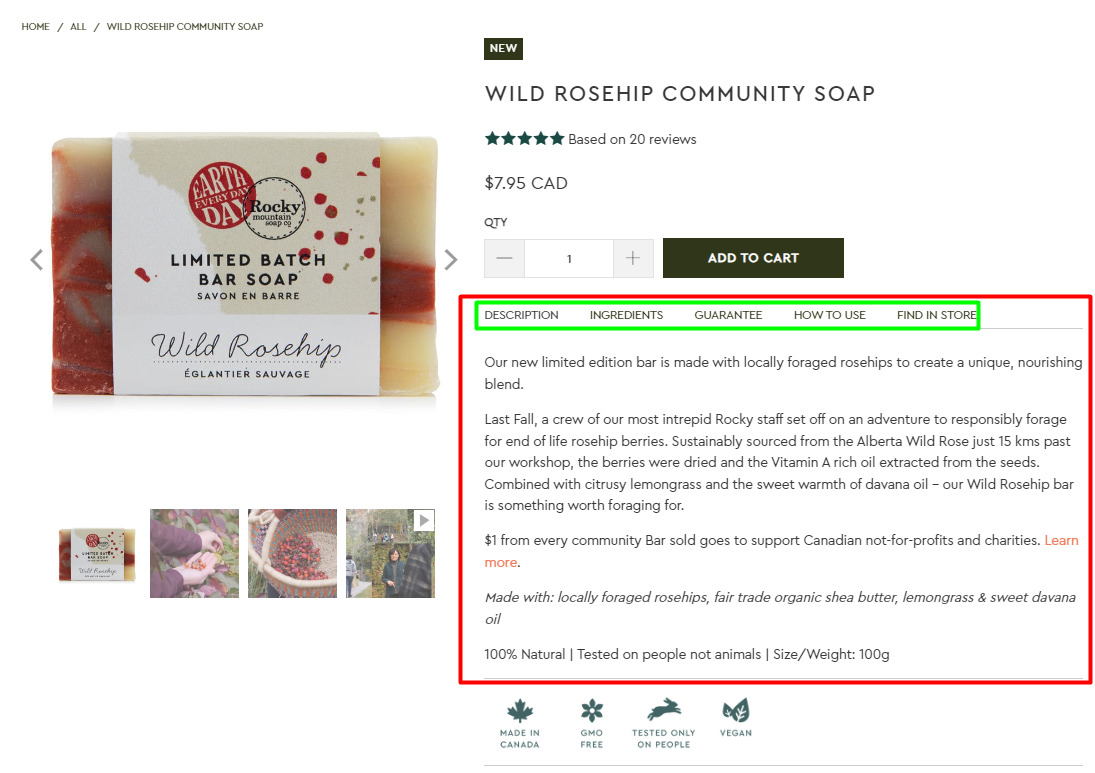
If you have customers in this stage who have signed up for your newsletter, you can create retargeted ads to remind them of their desire for your product. You can offer them a promotional discount to create a sense of urgency to get your product.
Vogue compels customers to resubscribe to their e-magazine by offering them a free “limited-edition” tote bag with their order:

Decision Stage
You guessed it right; this is the stage where the lead has come to the conclusion that they need your product or service. However, they’re still unsure whether you’re the brand they want to shop with.
This stage is quite definitive because you make the final effort to convert the lead to a customer. It will require a strong, persuasive copy. It will also need you to address any potential loopholes or objections that may cause your lead to drop off the funnel.
These loopholes can be anything from a poor customer experience to a difficult-to-navigate website or even expensive delivery charges. There are many reasons why customers abandon their cart at the decision stage. Be sure you dot your Is and cross your Ts to prevent this from happening.
Purchase Stage
In the purchase stage, all your efforts pay off; the qualified lead makes a purchase and converts to a customer. But to make this happen, there is still work to do.
Remember the objections we spoke about? Well, they can still creep in until the customer clicks the “Pay Now” button. Even in your checkout flow, elements may hinder a smooth purchase process and can cause the prospect to drop off.
You may have only limited payment options, or you provide no directions for checking out. Make simple adjustments to the checkout process, if necessary, to ensure that nothing deters prospects from the purchase decision they’ve already made.
Retention Stage
The purchase stage is not all there is to the buyer’s journey. As much as possible, you want to turn first-time buyers to repeat buyers, retaining them as loyal customers.
To do this, you will have to bring the customers back into the sales funnel to re-engage them consistently. One way to do this is with a “thank you” email after purchase, where you can encourage them to follow your social media page. The goal is to continue to target them on various channels, keeping you at the forefront of their minds.
Alternatively, you can offer them a discount to be redeemed at their next purchase or free shipping on their next order to encourage them to come back for more purchases. It’s a sign that you value their patronage and value them as customers.
How Juphy Can Enhance Your E-commerce Sales Funnel Management
Managing the different stages of your e-commerce sales funnel requires a fully up-to-date team with potential buyers, social conversations across sales channels, and more.
In today’s world, where social selling spans diverse social media and online sales channels, this can seem difficult, but not with the use of a social selling management tool like Juphy.
Stay Updated On Your Sales Channels
Juphy’s unified social inbox feature allows you to monitor all your social sales channels from one comprehensive dashboard.
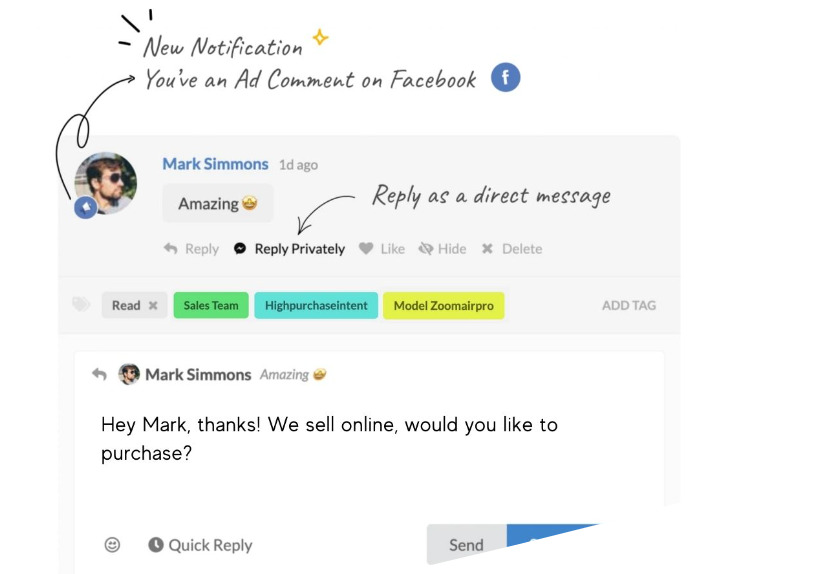
Here, you’ll get real-time notifications about inquiries, questions, and concerns that your prospects may have about your offerings in one space so that you can provide answers as soon as they need them.
Juphy is the most effective tool for monitoring messages, comments, mentions, and reviews with a high-purchase intent so that you no longer miss out on potential buyers and leads on social channels.
You do not need to hop between your sales platforms. Save time by attending to customers directly from your Juphy dashboard.
Connect With Prospects Conveniently
Don’t let your prospects drop off the funnel. Sometimes, they may have questions about your products at the moment while they’re shopping. Juphy allows you to integrate a live chat widget on your website that redirects buyers to the social media channel they choose if they ever need to communicate with you.
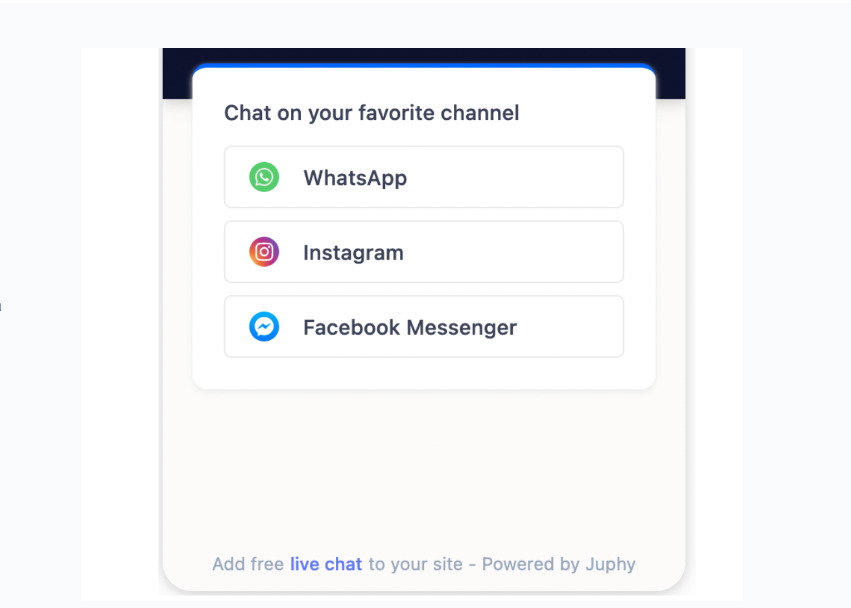
This chat feature currently supports WhatsApp, Instagram, and Facebook Messenger so clients can reach out to you at their convenience.
Re-engage and Retarget on WhatsApp, Track Conversions
If you have the contact phone numbers of previously existing clients, Juphy allows you to create contact lists to send targeted bulk messages to them on WhatsApp. This is a great way to easily retarget customers with promotions, product releases, and other essential sales opportunities.
Again, you can monitor your audience’s behavior when they visit your site, gathering valuable data about their purchase history. This data helps you market to them with the right tactics at the specific stage of their journey.
Conclusion: The Significance of a Well-Managed Sales Funnel
A well-managed sales funnel will help you achieve sustained growth and long-term business success. It’ll help you successfully guide your leads and prospects through their buyer journey until they become loyal customers.
You can optimize conversions by creating personalized marketing strategies that sync with your prospects’ defined stages in the sales funnel. Working with a tool like Juphy can make this possible through its efficient sales funnel management features.
Are you ready to half your response time, stay connected to your prospects, and engage them through various channels conveniently? Sign up now for instant access to a Freemium Plan with Juphy.
FAQ
A sales funnel in e-commerce is a visual description detailing the customer’s journey about your online business. The customer typically starts at the top of the funnel and then works their way through the various stages until they make a purchase decision. The journey through the sales funnel is unique to each customer; we call it “successful” when a customer makes a purchase and becomes a repeat customer.
You need a sales funnel for your e-commerce brand for many reasons. It helps you create a personalized marketing strategy that is directed at the customer in the specific stage of their journey through the sales funnel. It also tells you what markets you need to increase your brand awareness strategy to attract new prospects. Your sales funnel will help you drive the right kind of traffic to your site and, ultimately, build your customer base.
There are six main stages of a sales funnel in e-commerce. They include the Awareness, Interest, Consideration, Decision, Purchase, and Retention stages. If managed well, Each of these stages will help the prospects journey toward successfully making a purchase and returning for more purchases.
A sales funnel management tool like Juphy will be instrumental in efficiently handling your prospects’ journey through your sales funnel. Juphy provides relevant features such as live chat widgets for real-time communication, a unified inbox for monitoring social conversations, tools to track buyer behavior, and so much more.
Related Article – How to Manage Google Reviews
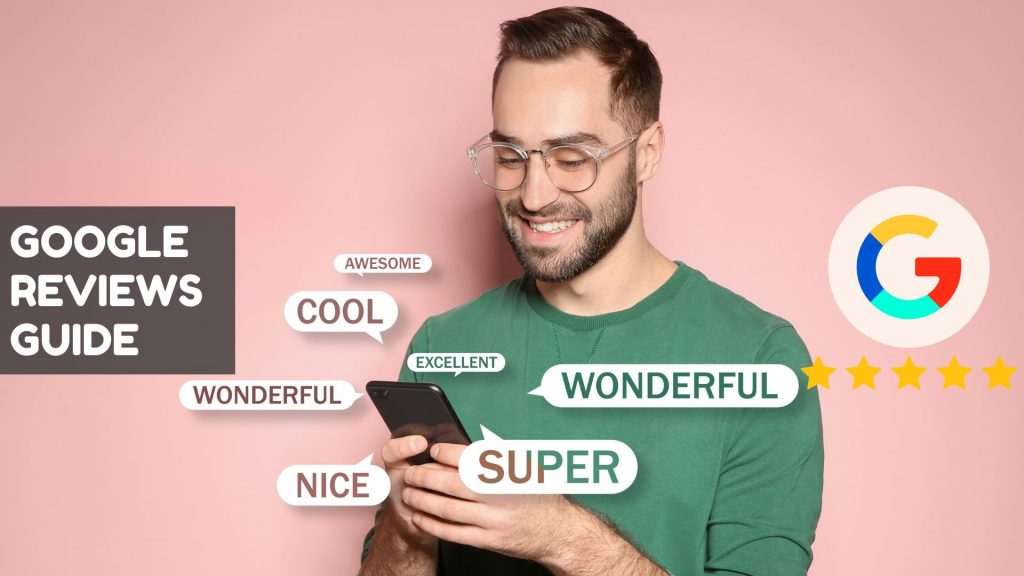
Managing Google My Business reviews is extremely important for your business. Juphy helps your team manage your reviews efficiently. Read more now!

